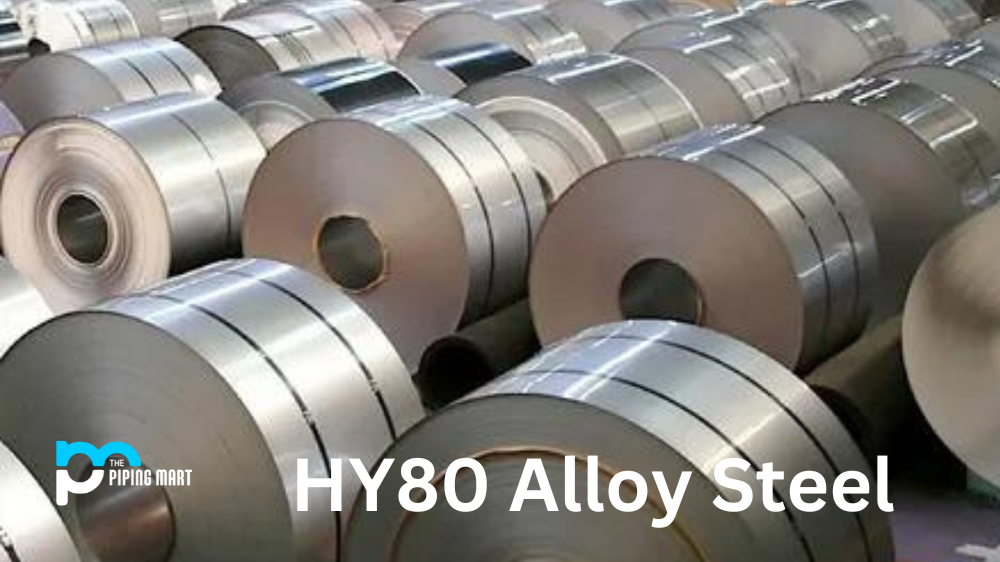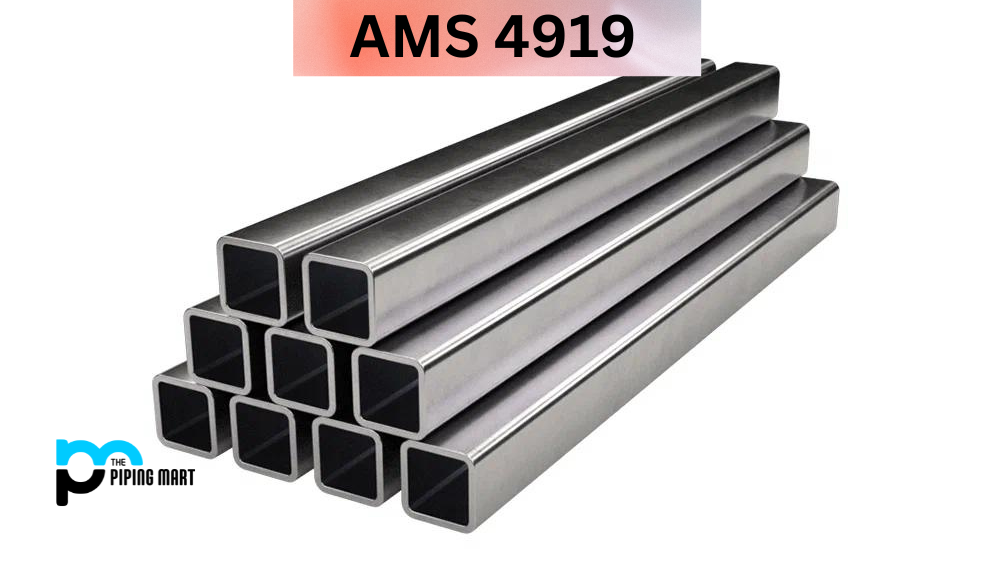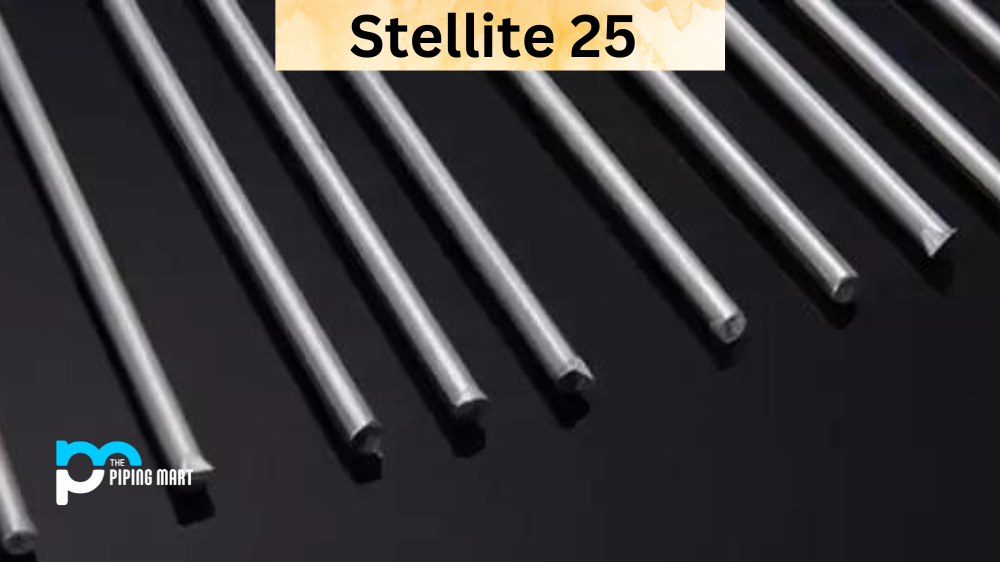Aluminium alloy 7150 is a unique material with an impressive array of applications, from aircraft parts to automotive components and beyond. 7150 Alloy’s heat-treatable properties make it especially ideal for creating components that must meet strict requirements in terms of strength, durability, and corrosion resistance. Let’s take a look at some of the specific advantages that UNS A97150 has to offer.
7150 Alloy Composition
| Element | Content (%) |
|---|---|
| Aluminum, Al | 85.9 – 89.5 |
| Zinc, Zn | 7.2 – 8.2 |
| Magnesium, Mg | 2 – 2.9 |
| Copper, Cu | 1.2 – 1.9 |
| Silicon, Si | ≤ 0.15 |
| Titanium, Ti | ≤ 0.10 |
| Iron, Fe | ≤ 0.20 |
| Chromium, Cr | 0.10 – 0.22 |
| Manganese, Mn | ≤ 0.20 |
| Other (each) | ≤ 0.050 |
| Other (total) | ≤ 0.15 |
7150 Alloy Physical Properties
| Properties | Metric | Imperial |
|---|---|---|
| Density | 2.84 g/cm³ | 0.103 lb/in³ |
7150 Alloy Mechanical Properties
| Mechanical Properties | Metric | English | Comments |
|---|---|---|---|
| Tensile Strength, Ultimate | 593 MPa @Thickness 25.4 mm |
86000 psi @Thickness 1.00 in |
LT Direction |
| 648 MPa @Thickness 25.4 mm |
94000 psi @Thickness 1.00 in |
Longitudinal Direction | |
| Tensile Strength, Yield | 565 MPa @Thickness 25.4 mm |
82000 psi @Thickness 1.00 in |
LT Direction |
| 614 MPa @Thickness 25.4 mm |
89000 psi @Thickness 1.00 in |
Longitudinal Direction | |
| Elongation at Break | 9.0 % @Thickness 25.4 mm |
9.0 % @Thickness 1.00 in |
LT Direction |
| 12 % @Thickness 25.4 mm |
12 % @Thickness 1.00 in |
Longitudinal Direction | |
| Compressive Yield Strength | 634 MPa @Thickness 25.4 mm |
92000 psi @Thickness 1.00 in |
Longitudinal Direction |
| Fracture Toughness | 24.2 MPa-m½ @Thickness 25.4 mm |
22.0 ksi-in½ @Thickness 1.00 in |
KIC, T-L |
| 29.7 MPa-m½ @Thickness 25.4 mm |
27.0 ksi-in½ @Thickness 1.00 in |
KIC, L-T |
7150 Alloy Uses
aluminum 7150 is a popular alloy that finds applications in many different industries. It is especially well suited to situations where strength and corrosion resistance are both important. As such, this alloy is often used in the construction of high-tensile parts such as aircraft fuselages, automobile parts and power transmission components. Additionally, this alloy is popular for use in the production of kitchen appliances due to its excellent heat transfer characteristics and easy formability. Aluminium 7150 also has a distinguished place within the medical sector due to its ability to facilitate precision machining.
Corrosion Resistance
Aluminium 7150 is highly resistant to corrosion, making it ideal for outdoor applications where it will be exposed to the elements. It is also very resistant to acids and alkalis, so it can be used in a variety of chemical processing environments without fear of corrosion or degradation.
Heat Resistance
Aluminium 7150 also has good heat resistance properties, allowing it to withstand temperatures up to 200 degrees Celsius (392 degrees Fahrenheit). This makes it suitable for use in high-temperature applications such as aircraft engines or automotive exhaust systems. It can also be used in baking and food preparation equipment because it can withstand high temperatures without deforming or melting.
Heat Treatment
Aluminium 7150 can be heat treated using various processes, including annealing, quenching and tempering. Heat treating allows you to alter the mechanical properties of the aluminium alloy by increasing its hardness and strength while maintaining its ductility. This process is often used when creating components that must meet stringent performance standards.
Machining
Aluminium 7150 can easily be machined into complex shapes thanks to its excellent machinability rating. This makes it ideal for producing intricate parts with precise tolerances that require minimal post-processing work after machining is complete. Additionally, because it is relatively soft compared to other metals, aluminium 7150 requires less force when cutting, which results in improved tool life and faster cycle times while machining.
Welding
Welding aluminium alloy 7150 requires specialised tools and techniques due to its high levels of silicon content, which affects its melting point and fluidity when molten. Proper welding procedures must be followed in order for successful weldments to form without cracking or distortion occurring during cooling cycles following welding completion. If done correctly, aluminium 7150 can create strong weld joints capable of withstanding extreme conditions without failing prematurely due to poor weld quality.
Conclusion:
Aluminium alloy 7150 is a versatile material with many beneficial properties that make it well suited for use in a variety of industries, from aerospace engineering through automotive manufacturing all the way down to home appliances like ovens and dishwashers. Its excellent corrosion resistance, heat resistance, heat treatability, machinability, and weldability make it an attractive option for any application requiring optimal performance under extreme conditions. If you are looking for a reliable metal solution, aluminium alloy 7150 should certainly be considered.

A passionate metal industry expert and blogger. With over 5 years of experience in the field, Palak brings a wealth of knowledge and insight to her writing. Whether discussing the latest trends in the metal industry or sharing tips, she is dedicated to helping others succeed in the metal industry.




